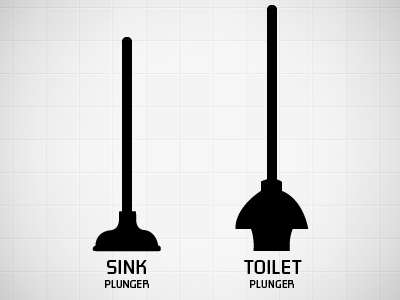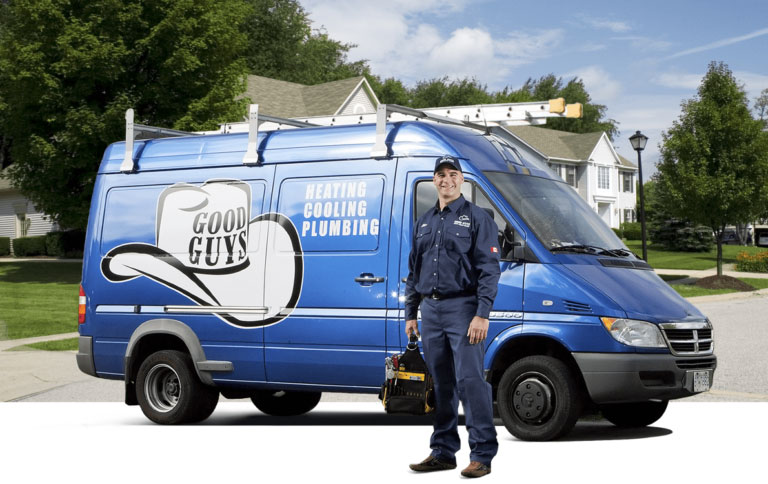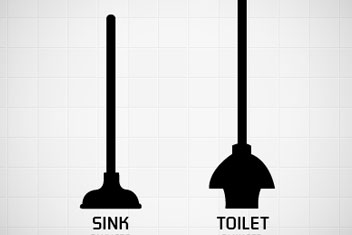Most clogs can be removed with a plunger. Just make sure you’re using a toilet plunger, not a sink plunger, so that you can get a tight seal.

The below video shows how to plunger a toilet. Also make sure to keep an appropriate water level in the toilet. A plunger can only create a strong vacuum when it’s filled with water. If necessary, use a bucket to add water until the plunger is submerged. Of course, before you try flushing the toilet, remove water with the bucket if there is not enough space in the bowl.
Soap and water
If you don’t have a plunger, or if it didn’t work, you might try adding warm water and dish soap. First add a fair amount of dish soap, then fill the bowl with hot water (be careful not to burn yourself!). If the water level doesn’t fall after waiting a while, then use a bucket to remove some of the water before you try flushing again (so that it doesn’t overflow).
Coat hanger
If the above methods don’t work, one last ditch effort is to unwind a coat hanger and fish it down the toilet. This should be able to break up any soft blockages within the toilet.
Chemicals
Drain cleaning chemicals are dangerous and can even damage your toilet in some cases. That is why we usually don’t recommend them. If you do use them, make sure to read and follow the manufacturer’s instructions. If it is ultimately necessary to call a plumber, additional charges might apply if you have tried using drain cleaning chemicals, as extra care will have to be taken when cleaning the drains and washing the equipment afterwards. This is especially the case when there is a complete blockage, as opposed to a slow drain.
If none of these tips worked, you probably need a professional plumber. Call 604 GOOD GUY (604 466 3489) to schedule a service call, or use our online form.



